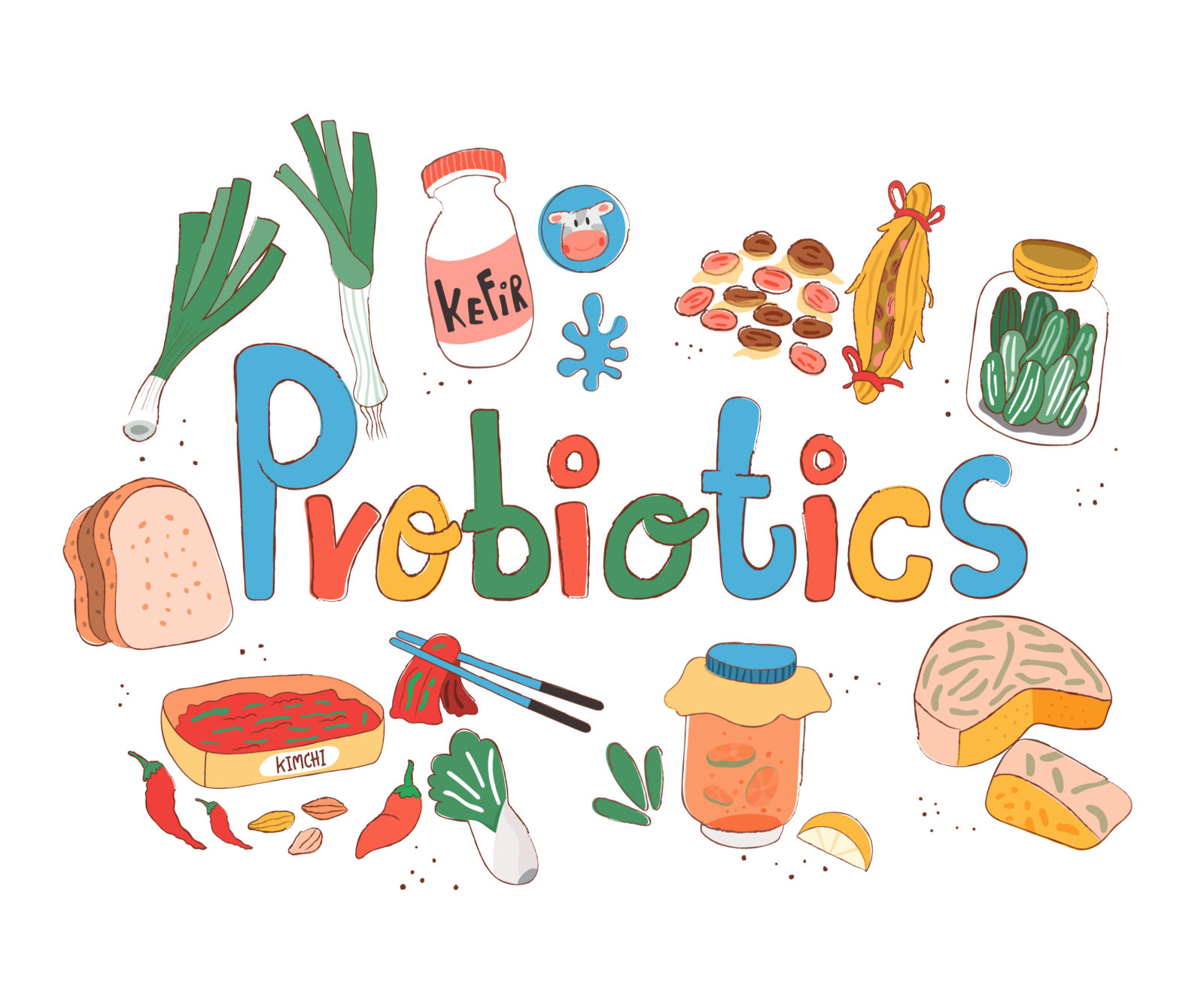When you think of healthy gut bacteria you might think of yogurt, maybe you think about the little single-celled organisms living in your surroundings, however, for the most part, your gut bacteria is not on your mind. It should be though. Here are just a few of the positive benefits that good gut bacteria provide for the body;
- Maintaining the integrity of the lining of the intestines
- Producing vitamins such as vitamins K and B
- Protecting the body from pathogenic microorganisms
- Aiding in the detoxification of the body
- Aiding in both digestion and absorption
These are just a few of the amazing benefits of good gut bacteria. Although it is true that one can survive without gut bacteria, there is a difference between surviving in life and truly living it out.
What Are Probiotics
Probiotics are bacteria or yeast (the good and healthy kind) that displace a positive effect on the human body; such as by fighting off and neutralizing bad and disease-causing bacteria and yeast (such as candida or E.coli). It is estimated that a healthy digestive system can house between 300-500 different varieties of good bacteria and the entire ecosystem of microflora in the digestive system can contain 10x as many bacteria as there are human cells in the entire human body (there are 37.2 trillion cells in the human body)! They can weigh a total of 4-6 pounds. They are living little creatures, that require our care so that they can do what they do best – keep us healthy, strong and mentally happy.
[inline-ad]

Probiotic Strains and What They Do
Lactobacilli
- Lactobacilli is one of the most stable probiotics, it can withstand the very intense conditions of the digestive tract – as well as oxygen and light
- Found at the end of the small intestine
- Secretes a large amount of lactic acid along with acetic and formic acid. These secretions aid in making the digestive tract inhospitable to foreign microbes (pathogens and bad bacteria) as well as both preventing or lessening the impact of food poisoning.
- Prevents the growth and development of candida through the production of hydrogen peroxide
- Manufacture B vitamins
- produce the antibiotic acidophilic
Bifidobacteria
- Bifidobacteria are found in the colon or large intestine
- Secretes a large amount of lactic acid along with acetic and formic acid. These secretions aid in making the digestive tract inhospitable to foreign microbes (pathogens and bad bacteria) as well as both preventing or lessening the impact of food poisoning.
Lactobacillus acidophilus
- Lactobacillus acidophilus is beneficial against pathogens and bad bacteria – through the production of bacteriocins
- Aids in the reduction of candida (a fungal growth that can appear on the nails, eyes and as a yeast infection)
- Changes the pH of the intestines to prevent candida from growing out of control.
- Cannot live in pasteurized milk
- Acts as an antibiotic with antibacterial properties
Lactobacillus bulgaricus
- Beneficial against pathogens
- Cannot live in pasteurized milk
Saccharomyces boulardii
- It is a non-pathogenic yeast, can withstand HCL acid, bile, pancreatic juices – resided in the lower large intestine and the small intestine.
- Brings up the level of sIgA – which is an immunoglobulin that plays a key role in the immune system
- Aids in the prevention of diarrhea and IBS
- Resistant to antibiotics (however anti-fungal medication will affect it) so you can take them together
- Effective against E.coli
- Very beneficial for individuals suffering from Crohn’s disease
- Increases the production of enzymes
- Aids in the repair and building of the mucosal layer of the gut
Streptococcus faecium
- Produces B vitamins
- Aids in the digestion and assimilation of food
- Decreases bad bacteria in the digestive system
- Aids in the prevention of diarrhea
Benefits of Probiotics on the Body
Having a healthy gut is the first step to having a healthy body, mind, and spirit. Without proper microbial flora in the gut, you would not be able to uptake most nutrients from your food. Good healthy bacteria aids in the absorption of nutrients and minerals from fibrous and indigestible food matter.
It is also in part due to microbial flora that detoxification can safely occur in the body, primarily the safe removal of heavy metals such as mercury. The elimination of toxic waste from the body as well as the uptake of nutrients also benefits the functioning of nerves and the brain. Healthy flora assists in the transportation of neurotransmitters such as dopamine and serotonin which aids in the prevention of stress, depression and anxiety.
Aids in the Prevention of;
- Allergies
- Skin Disorders
- Inflammatory bowel disease
- Ear Infections
- Vaginitis
- Bladder Infections
- Constipation
- Diarrhea
If you often suffer from the above issues it may be a sign that your gut needs a revamp of probiotics. It may not mean that you have no good bacteria in your gut, this may mean that you have more bad bacteria than good or too few strains of good bacteria. You want diversity so that they can benefit the body in a multitude of ways.
Other signs that you can have a low count of good bacteria include;
- You Don’t Fart
- Constipation and/or diarrhea
- The undigested fiber in stool
- Irritable Bowel Syndrome
- You get sick far too easily
- suffering from a large number of allergies
- Experiencing trouble concentrating or have perpetual brain fog.
Prebiotics – Feed and Grow your Healthy Microbial Flora
Prebiotics are indigestible food matter that is very beneficial for the gut as it increases the growth and the activity of microbial flora in our digestive system. Some probiotics supplements may contain mixture prebiotics, however, it is very easy to incorporate them into your diet. However, it is important that you have a lot of good, healthy probiotics in your system. If your gut is higher in bad bacteria the good bacteria will have nothing to eat as they will be competing with bad bacteria.
Starch
Starchy foods are very nutritious for the growth and development of probiotics. These foods do not break down completely and when they reach the intestines they do so in the form of short-chain fatty acids of Butyrate, making them a great source of nutrients for good bacteria.
Butyrate: rebuilds, replenishes and repairs the diversity and integrity of healthy gut bacteria. It also has anti-cancerous actions.
Starch Foods include;
- green bananas or plantains
- raw cashews
- potatoes (preferably sweet potatoes)
- lentils and chickpeas
- gluten-free oats
Polyphenols
Polyphenol (a plant secondary compound) foods move through the GI tract undigested aiding in the increase of good bacteria and the decrease of the bad. They are also beneficial in preventing the spread of yeast such as Candida.
Polyphenol foods include;
- Raw cacao
- Organic blueberries
- Ground up flax seeds
- Cherries, plums, and pomegranates
- Organic green tea, such as traditional matcha, Sencha or Genmaicha
- Raw hazelnuts
- Red wine
- Turmeric – the component curcumin is particularly beneficial for feeding good bacteria.
PLEASE NOTE: If you are experiencing serious digestive issues it is best to not supplement with a prebiotic. Instead, begin by following the Four Steps of healing the gut and slowing incorporate prebiotic foods into your diet. Always speak to your doctor or holistic health practitioner before implementing changes to your diet.
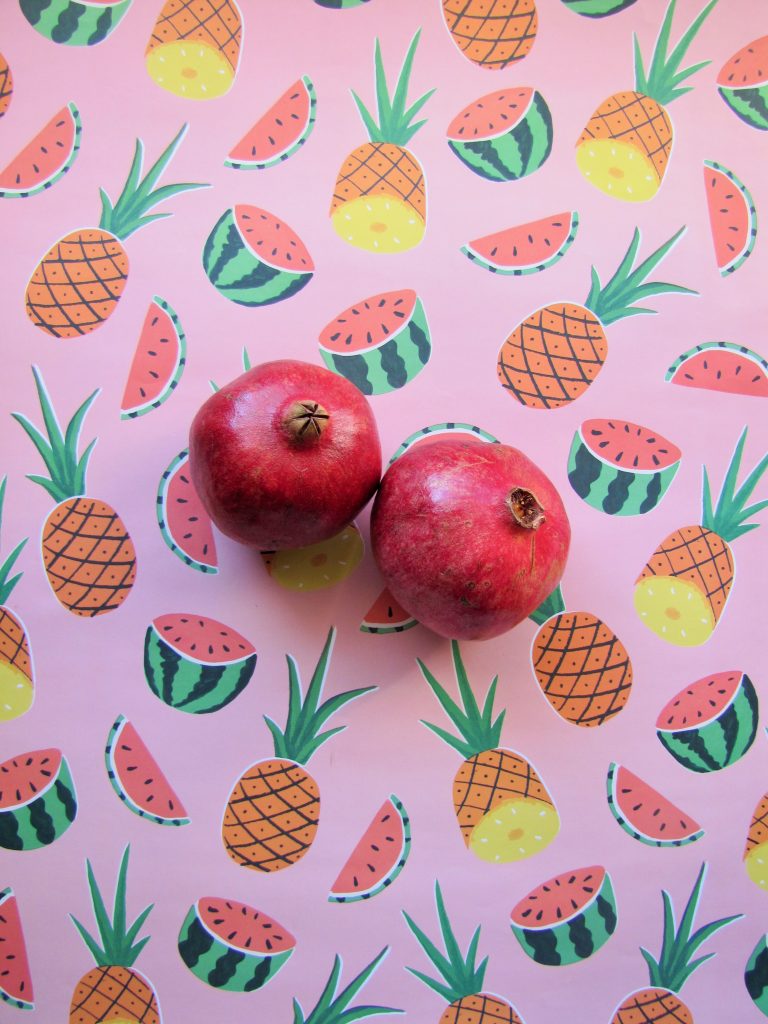
Probiotics and a Healthy Gut
70% of your immune system is located in your GI tract, on top of that, it is also your second brain as it is the home to many nerve endings. If you find that you are not feeling your best it may be that your gut is lacking in vital good and healthy bacteria.
Ideally, the gut should contain 85% healthy bacterial cultures. This can be increased through the consumption of fermented foods and the supplementation of probiotics. Travelling also elevates the variety of bacterial cultures in the body. To further increase the percentage of beneficial bacteria in your gut it is a good idea to follow the four steps of healing the gut.
Four Steps to Healing the Gut
To obtain the best results when healing the gut it is important to follow these four steps. The healing process will take time (think of how long it took to damage the system, it will take time to heal it – but stay positive, a positive mindset is essential), take your time and do what you can but keep at it. Pay attention to your body and slowly over time you will begin to see those small positive changes.
- Remove: Eliminate problem foods
- Replace: Add digestive support to aid in absorbing minerals; enzymes, gentian root, bile acids (if one does not have a gallbladder, this is essential)
- Re-inoculate: Add probiotic-rich foods to your diet (fermented foods) and begin to supplement with probiotics on a daily and ongoing basis.
- Repair: Begin to nourish the body with anti-inflammatory and healing foods. Flavonoids, essential fatty acids, antioxidants, l-glutamine, and other amino acids.
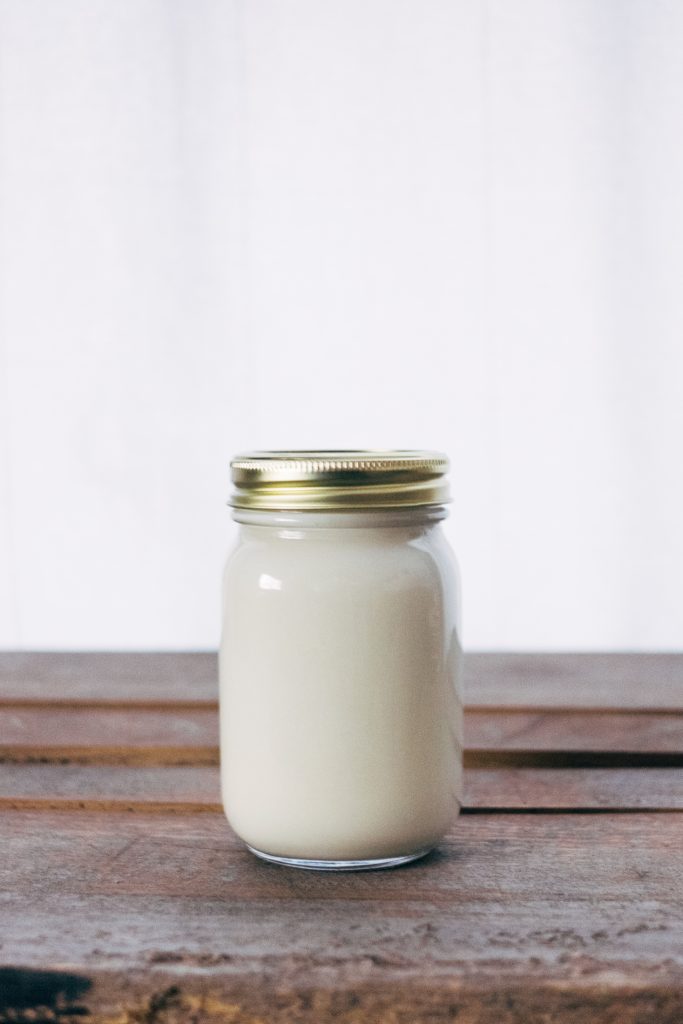
Supplemental Probiotics
What Count of Probiotics Do You Need to Take
Antibiotic Use
Antibiotics are the most damaging to the integrity of the bacterial ecosystem in the GI tract as it eliminates both good and bad bacteria. If an individual is on antibiotics they should take (at least) 125 billion for 30 days + 25 billion for another 30 days and then continue with probiotics on an ongoing basis at a small count of approximately 10 billion.
Accident, Dysbiosis or Very Stressful Event
When the body is in shock after a very stressful event or being an accident to gut microflora can become negatively affected. It is beneficial to aid the body in handling the stress by supporting the adrenal glands and replenishing and healing the digestive system. Often after such an event, the digestive system can become permeable therefore it is also essential to heal and support the mucosal lining of the gut.
Beginning with 100 -150 billion for 1 week and moving on to 50 billion for 2 -3 weeks. Spend between 2-4 months on a dose of 25 billion before moving down to 10 billion daily and ongoing. If you find that the 1 week on 100-150 billion is not sufficient you can always repeat it, later on, however it is good to try the 50 billion for one week before moving back.
Feeds Mucosal Layer
(good for digestive healing)

Digestive Healing
This can be done every year or twice a year, even if you feel you are healthy. Just like giving the body an annual or biannual detox, it is important to strengthen the microbial flora and digestive system as a whole.
It is beneficial to supplement with a probiotic count of 25 billion for a month’s time. After which move to 10 billion as a maintenance dose.
Maintenance Dose
Though 10 billion may be a commonly recommended maintenance dose it can always be more or less, it is, after all, a recommendation. If you incorporate fermented foods into your daily diet, preferably at each meal, for the most part, you should be good. I personally supplement with between 30-40 billion with my breakfast as well as consuming fermented foods such as kimchi, kombucha, and sauerkraut. I do try to take a 10 billion probiotic supplement with my lunch and dinner when I can.
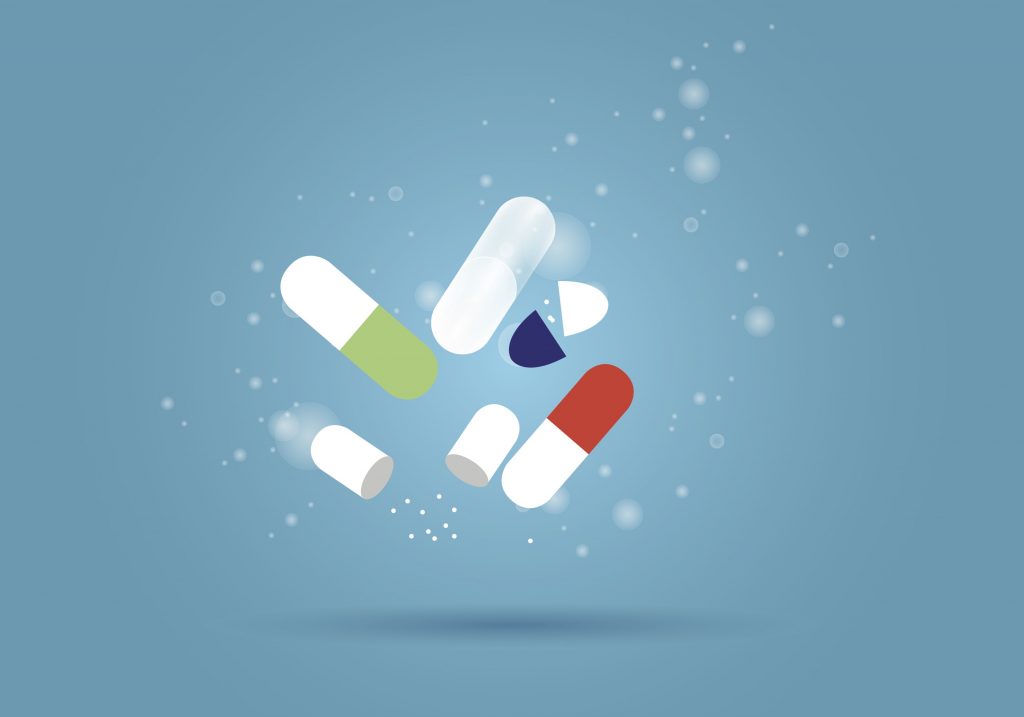
Probiotic-Rich – Fermented Foods
Probiotic foods or fermented foods have been eaten for centuries as fermentation was a way of preserving foods (there were no fridges before and food needed to be kept edible over long journeys across land, mountains, deserts, and oceans).
Every culture on the planet has its distinct food that they would ferment, though some may have forgotten the processes are available for you to recreate. The best part of these various cultural fermentation processes today is that you can supply your gut bacteria with various forms of probiotic strains, thus increasing your gut health. That is Fantastic!
Probiotic foods and their benefits were first discovered by Russian scientist Dr. Elie Metchnikoff, who believed that the Bulgarians owed their longevity and healthy old age to the consumption of yogurt. He isolated the bacteria or probiotics in the yogurt that provided the benefit as Lactobacillus bulgaricus and stated that it aided in the removal and replacement of bad bacteria with good, thus prolonging life. He also noted that the consumption of this fermented yogurt aided in the prevention of both chronic and degenerative diseases, digestion, possessed anticancer actions, and reduced inflammation in the body.
It is important to think of these foods as a condiment or an additional flavoring on top or with your food. This is because you want to include them during every one of your meals. Sometimes you may eat more, but it is a good
Sauerkraut
Evolved from a form of pickled cabbage (which the Romans used in Antiquity), it obtained its current style in the 17th century in Germany. It has been used in the cure of scurvy being a good source of vitamin c and K. Full fermentation takes two months (making sauerkraut at home in a week – impossible). The probiotic bacteria found within it include; Leuconostoc mesenteroides, Lactobacillus brevis, Lactobacillus plantarum.
Kimchi
I like to call it the spicy sauerkraut. Made from cabbage, it is also filled with various other vegetables and many spices. Kimchi is one of the most important foods in Korea, often being consumed at all meals (kitchen often includes a kimchi fridge to store homemade kimchi (or store-bought)) and incorporated into various traditional Korean dishes.
Made with Napa or Chinese cabbage, it can also include, cucumber, radish, green onion, chives, leeks, ginger, and salted fish (like sardines). Kimchi is great probiotic food and a good source of B vitamins and C.
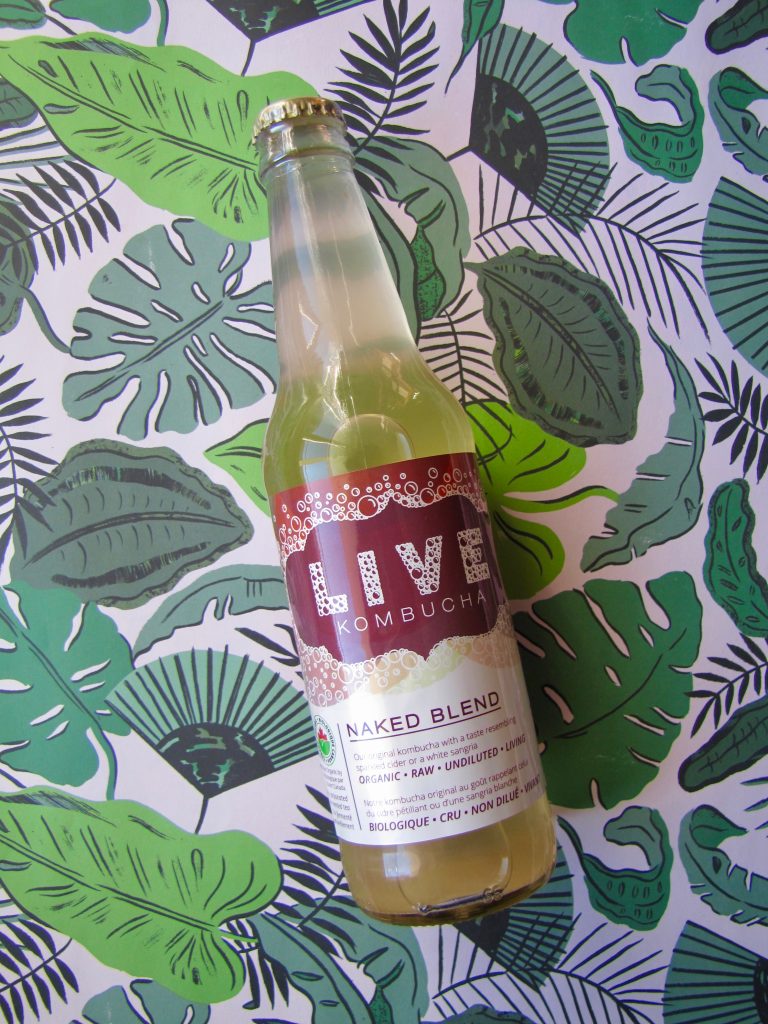
Kefir
Kefir is said to have originated in the Caucasian mountains. It is fermented by a process that uses kefir grains to sour and preserve the milk. The kefir grains are a grouping of microorganisms (probiotics – such as Streptococci and lactobacilli) and can be reused. It is beneficial to consume at least 1/4 of a cup of Kefir a day.
Yogurt
Originating in Asia, this digestible milk product as much or the lactose (when fermented naturally) is turned into lactic acid. Balkan style yogurts are fermented with bacteria Streptococcus thermophilus and Lactobacillus bulgaricus. The best way to ferment milk is to use whole, unpasteurized milk. This is often not done in North America and so additional probiotics must be added ( these are not the ones that naturally grow and develop on the yogurt). Often times they die out quickly as certain strains of Probiotics cannot survive pasteurization.
Kombucha
Said to have originated in China in 221 BCE. kombucha is a fermented tea that uses a mushroom (or SCOBY) as well as some sugar (though some kombucha does omit this altogether) for the fermentation process. This lightly fragrant drink it a great power kick of probiotics such as acetic acetobacter, Lactobacillus, Saccharomyces.
Miso
Miso paste or “bean paste” is fermented soybean and a Japanese staple. There are different types of miso paste consisting of soy combined with either rice, barley, rye, or simply just soybeans. Miso paste is used in soups, salad dressings, fish and many traditional Japanese dishes. Miso is fermented in two stages, to allow the Aspergillus oryzae and bacterium to develop properly.
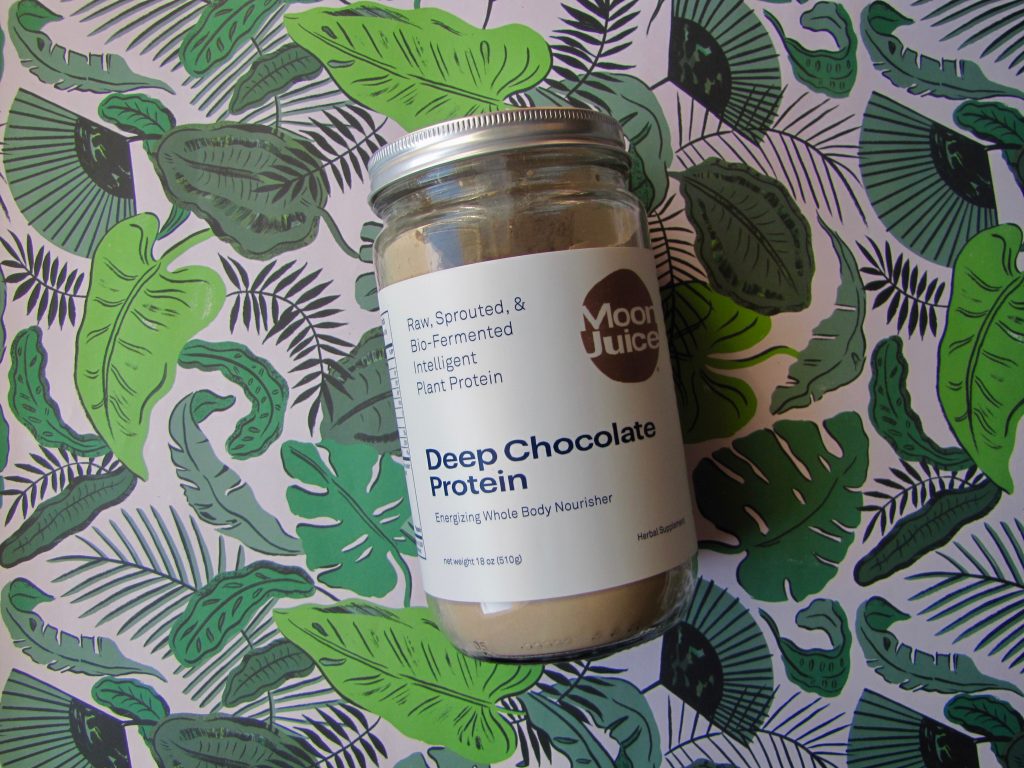
Yogurt – Is it Good For You?
Yogurt is the most commonly consumed fermented food on the planet. It has been shown to possess anticancer, anti-inflammatory properties and aids in balancing cholesterol levels. A great source of both calcium and potassium as well of course probiotics – it is also the fastest-selling “healthy” dessert.
It is said that yogurt can contain between 15 and 150 billion probiotic cultures, however, lactobacillus and various other strains of probiotics cannot survive in pasteurized milk.
The low fat, high sugar and artificial flavorings that are often found in commercial yogurts these days provide a very good diet for bad bacteria in the gut. As they are often not made from pastured and grass-fed milk, the milk quality is more acidic than alkaline, irritating the digestive tract.
When to take probiotics
Since the consumption of fermented foods, one would consume it when eating, there it is beneficial to also take probiotic supplements with meals, or just before or after. This is also very beneficial if you are consuming foods that are prebiotics for the good bacteria as they will aid in feeding them.
If you are taking antibiotics, some probiotics can be taken along with them, however, it is always recommended to speak with your family health practitioner beforehand.
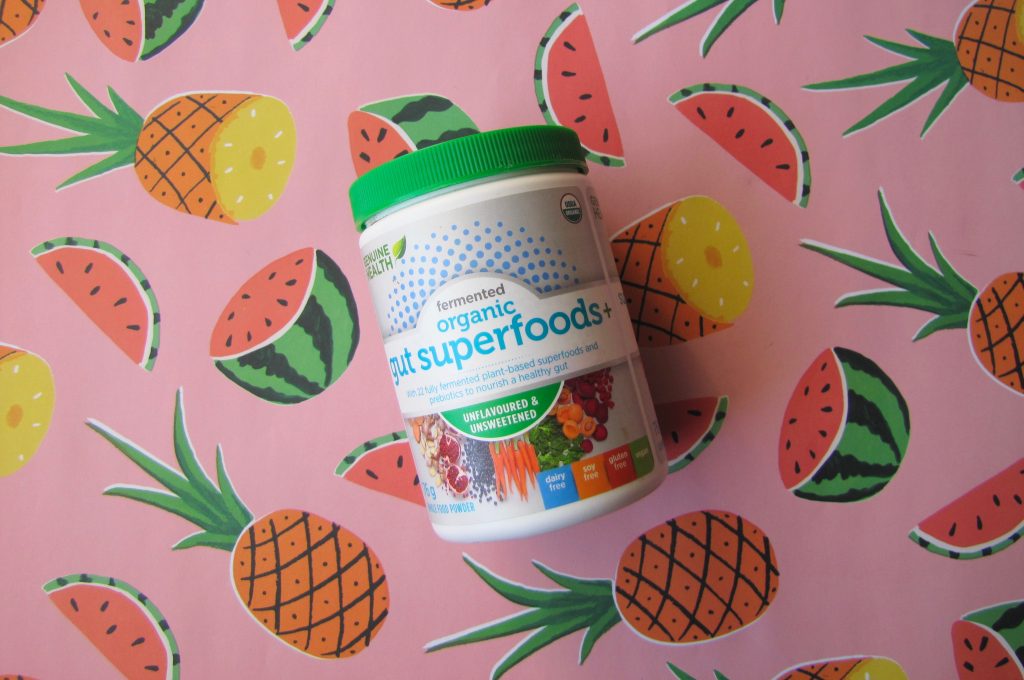
Probiotics, Pregnancy and New Babies
From the moment of birth microbial flora increases in its diversity, so that by the age of three the healthy bacterial ecosystem in the gut has reached an adult maturity. However, this can all be compromised by several different things. Bacterial flora is established at birth as the newborn passes through their mother’s birth canal and the consumption of breast milk. When the mother is healthy and has a strong microbial population and a rich supply of breast milk the child’s healthy bacterial flora will rapidly colonize.
Cesarean Section
- This prevents the new baby from being exposed to their mother’s vaginal canal and her healthy bacteria. Thus preventing the transfer of microflora.
- These babies are more likely to experience; colic, gas, diaper rash, asthma, eczema, and allergies.
Formula
- Sometimes, a formula is the only thing that can be provided to a baby. If possible choose goats milk as it will be gentler on their digestive tract. For the first six months or so the new baby’s digestive tract is not completely formed resulting in tiny gaps. Though they do close up over time when a child consumes breast milk they also consume a mixture of enzymes and healthy probiotics that aid in the breakdown of the milk proteins. The formula does not have this and can result in inflammation or allergies later on in life.
If a new baby experience either or both of the above issues, it is important to supply them with probiotics, as they will never have a normal and healthy digestive system. Which can be given them by adding it to their formula, onto a parent’s finger for them to suck off, or onto the mother’s nipple to be consumed while being breastfed. Skin to skin contact with both parents is also very important.
The Best Probiotic Supplements
Look for a brand that does not require you to refrigerate the probiotic – your digestive system is filled with lots of acids, which themselves give off heat if a probiotic can’t handle the heat it won’t get to where it needs to in the digestive system.
Secondly, you want a multi-strain product – not yours one form of bacteria. Also if you have allergies make sure that you do not consume a probiotic supplement that has gluten, dairy, soy or other common allergens.
References
Davidson, A. (1999). The Oxford Companion to Food. Oxford: Oxford University Press.
Gedgaudas, N.T. (2011). Primal Body, Primal Mind. Vermont: Healing Arts Press.
Greenfield, B. (2014). Beyond Training. Las Vegas: Victory Belt Publishing Inc.
Kharrazian, D. (2010). Why do I still have Thyroid Symptoms? California: Elephant Press.
Kharrazian, D. (2013). Why Isn’t My Brain Working? California: Elephant Press.
Lipski, E. (2012). Digestive Wellness. USA: McGraw Hill Press.
Nestle, M. (2006). What to Eat. New York: North Point Press.
Perlmutter, D. (2013). Grain Brain. New York: Little Brown and Company.
Pratt, S and Matthews, K. (2004). Superfoods. New York. Harpercollins Publishers.
Amanda Filipowicz is a certified nutritional practitioner (CNP) with a bachelor in environmental studies (BES) from York University. She also has certification in clinical detoxification, prenatal and postnatal care as well as nutrition for mental health. She has been working as a nutritionist since 2013 and is a lifelong proponent of eating healthy.

